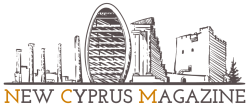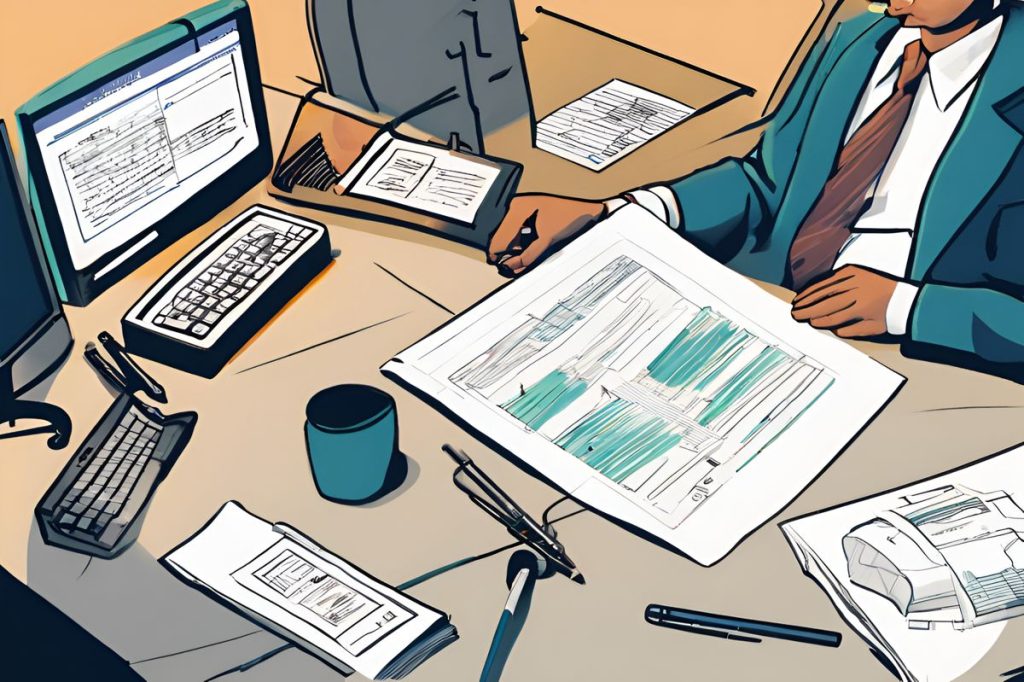The Avakoum Financial Scandal at Osiou Avakoum monastery centers around two monks, Nektarios and Porfirios, facing accusations of owning €800,000 in cash and assets amid claims of financial misconduct and a monk assaulting a worker. Attorney-General George Savvides oversees the investigation, shedding light on legal and ecclesiastical challenges, prompting reflections on transparency in religious institutions.
What is the Avakoum Financial Scandal about?
The Avakoum Financial Scandal involves the Osiou Avakoum monastery, where two monks are accused of possessing €800,000 in cash and assets in a complex case of financial misconduct. Attorney-General George Savvides is overseeing the investigation, which has revealed legal and ecclesiastical challenges, including a monk assaulting a female worker on video. The scandal raises questions about transparency in religious institutions.
Overview of the Investigation
The ongoing investigation into the financial dealings of the Osiou Avakoum monastery has revealed a series of complexities that challenge the authorities. Attorney-General George Savvides has acknowledged the intricate nature of the financial component of the case. As the police probe delves deeper, it has become necessary to allocate its tasks across various departments, each headed by a dedicated criminal investigator. The level of complexity is such that even with multiple updates from the investigation teams, no definitive timeline for the conclusion of the investigations can be established. Some elements of the case are progressing, with Savvides noting that certain aspects are more “advanced” than others.
The financial scrutiny intensified following alarming discoveries involving two monks, Nektarios and Porfirios. Accusations against them include the possession of a significant amount of cash, totaling €800,000, along with assets in Greece and Limassol. Moreover, they have been implicated in scandalous behavior, captured on CCTV, which has compounded the scandal’s severity.
Legal Proceedings Amid Ecclesiastical Trials
In a dramatic turn, evidence surfaced in the form of video footage showing a monk assaulting a female worker at the monastery. These revelations have led to vehement denials from the accused monks, who insist that the accusations are fabricated and part of a larger conspiracy against them. While the police continue their meticulous investigation, the Holy Synod is concurrently conducting an ecclesiastical trial, a process that operates independently of the state’s legal system. Attorney-General Savvides has made it clear that the church’s proceedings will not interfere with or influence the state’s course of action, as the police and legal decisions are guided by secular principles and evidence gathered through their investigations.
This separation of church and state is pivotal in ensuring that the legal process remains unimpeded by external influences. The state’s commitment to its own laws and principles stands firm despite the overlapping ecclesiastical inquiries.
Financial Implications and Wider Impact
The alleged financial improprieties have sent shockwaves through the community, with the discovery of vast sums of money and property suggesting deep-rooted issues within the monastery’s financial management. These events have brought forward the importance of transparency and accountability within religious institutions, which often hold significant social and financial influence.
As the case unfolds, it presents a fundamental challenge to the integrity of both the religious establishment and the state’s ability to enforce the law impartially. The implications of the scandal extend beyond the individuals involved, questioning the mechanisms in place to prevent such abuses of power and financial misconduct.
Media and Public Attention
The Avakoum financial scandal has captivated public attention, not only due to the nature of the allegations but also because of the high-profile individuals involved. The public’s interest in the case is a testament to the influence that religious institutions hold in society and the expectations of propriety placed upon them.
As updates continue to emerge, the narrative surrounding the scandal remains one of a complex web of legal, financial, and moral questions that are yet to be fully answered. The attention drawn by the case underscores the societal demand for justice and the rule of law, regardless of the stature of the parties involved.
What is the Avakoum Financial Scandal about?
The Avakoum Financial Scandal involves the Osiou Avakoum monastery, where two monks are accused of possessing €800,000 in cash and assets in a complex case of financial misconduct. Attorney-General George Savvides is overseeing the investigation, which has revealed legal and ecclesiastical challenges, including a monk assaulting a female worker on video. The scandal raises questions about transparency in religious institutions.
What is the current status of the investigation?
The investigation into the financial dealings of the Osiou Avakoum monastery is ongoing, with Attorney-General George Savvides leading the efforts. The complexity of the case has required the allocation of tasks across various police departments, each headed by a dedicated criminal investigator. While some aspects of the investigation are advancing, there is no definitive timeline for its conclusion. The case involves allegations of financial improprieties and scandalous behavior captured on CCTV.
How are legal proceedings being conducted amidst ecclesiastical trials?
In addition to the state’s legal investigation led by the Attorney-General, the Holy Synod is conducting an ecclesiastical trial independently. The accused monks have denied the allegations, claiming they are part of a conspiracy against them. Attorney-General Savvides has emphasized the separation of church and state in ensuring that the legal process remains impartial and unaffected by external influences.
What are the broader implications of the Avakoum Financial Scandal?
The scandal has highlighted the importance of transparency and accountability within religious institutions, sparking discussions about financial management practices and the prevention of abuses of power. The case has garnered significant public and media attention, reflecting the societal demand for justice and integrity in both religious and legal institutions.

